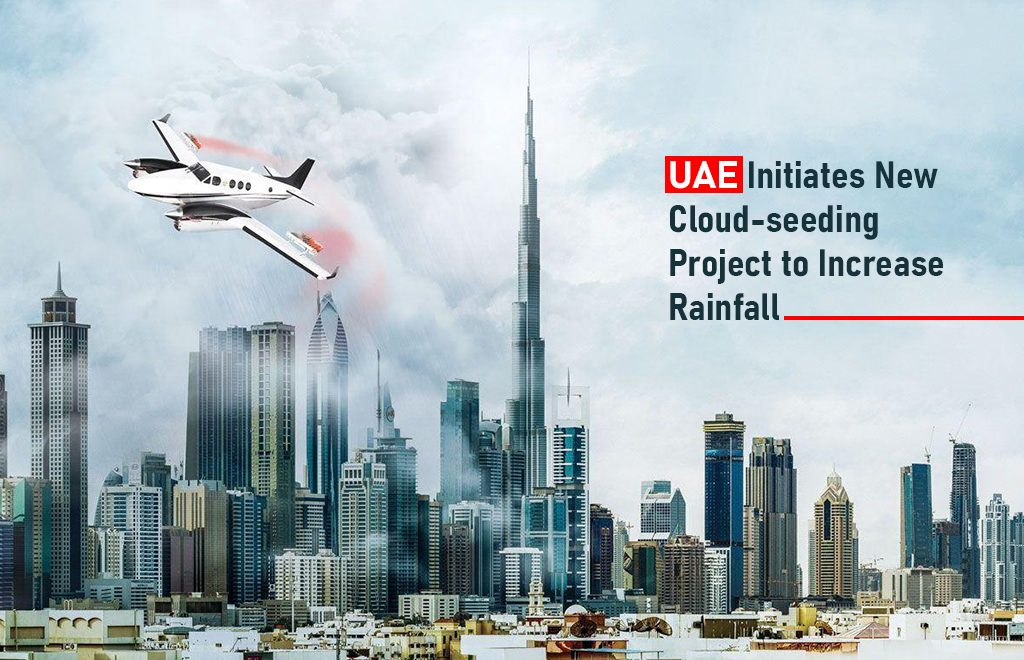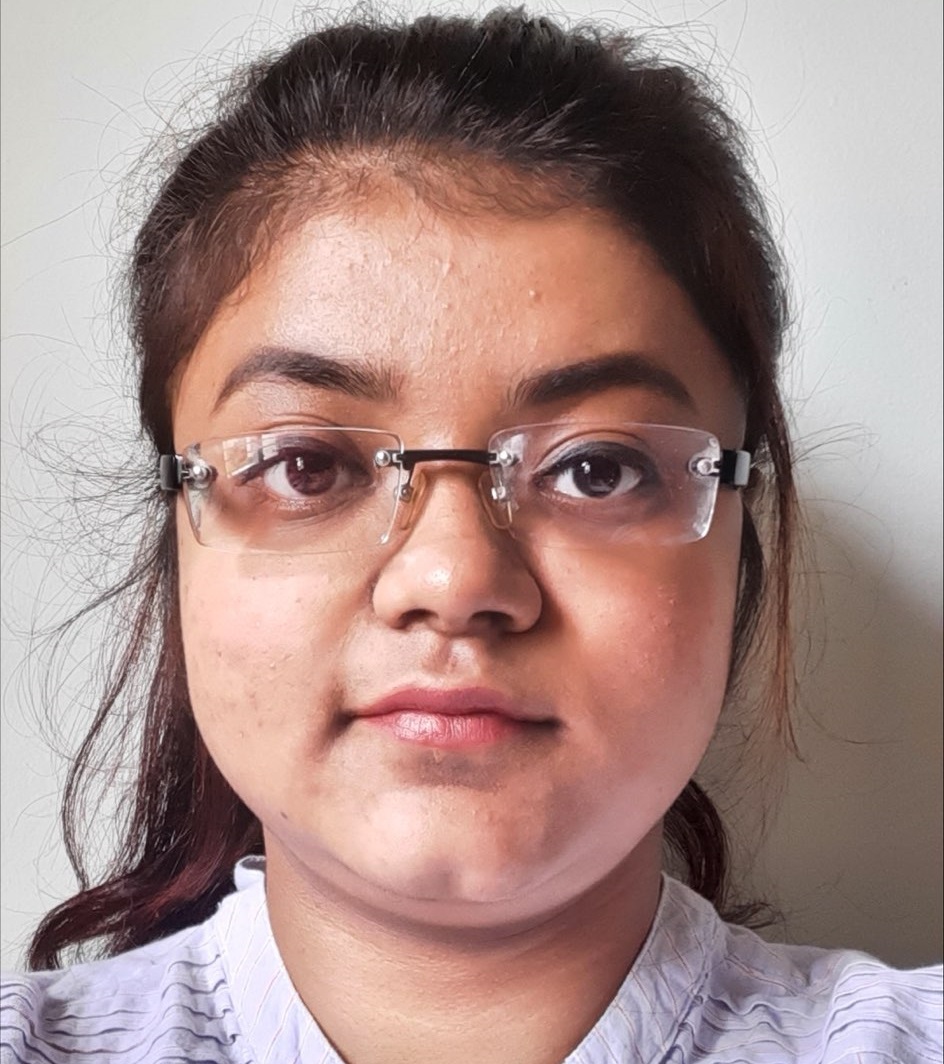
UAE Initiates New Cloud-seeding Project to Increase Rainfall
UAE has announced a month-long cloud-seeding test with improving technologies that will increase the amount of rainfall across the country. To initiate the major experiment, the National Center of Meteorology has combined their forces with a US-based climate research organization, The Stratton Park Engineering Company.
Through UAEREP, the UAE Research Programme for Rain Enhancement Science, an announcement has been shared by the NCM (National Center of Meteorology) to look into the measure of the performance of different materials used for cloud seeding tests without and with electrical charges.
The cloud-seeding program, “The Cloudix Initiative, cloud-aerosol-electrical interactions for rainfall enhancement experiment”, captures various methods of the cloud-seeding process.
The cloud-seeding aircraft of NSM and Spec’s research Learjet aircraft will be combined together with other advanced sensors and instruments to collect critical data.
The cloud-seeding campaign will take place by beginning the test flights this week and will run until the same till the end of September. Starting from the Al Ain International Airport, the test will cover the airspace in the Emirates and a few parts of Oman.
“A group of researchers and pilots will cross-examine the performance of different cloud seeding materials with and without electric charges,” the National Center of Meteorology UAE has said.
Spec has secured funding from the Research Programme for Rain Enhancement Science, UAE which will be used for the investigation process of how the electrical charges could empower the cloud-seeding mission.
President of the World Meteorological Organisation (WMO) and director general of NCM, Dr. Abdulla Al Mandous said, “This research campaign demonstrates NCM’s active role in promoting innovative research in areas related to national priorities including water security.”
He further added, “At NCM, we are committed to empowering the local talent and ensuring their active engagement in the development of new technologies that increase rainfall for the benefit of future generations at risk of water shortage. Such efforts strengthen the UAE’s prominent role in addressing water sustainability challenges, particularly as the country is gearing up to host Cop28 in November.”
Under the cloud-seeding scheme, the involved specialized staff will be trained on the conduction of cloud physics research objects and analytical data from scattering investigations, and optic array investigations embark the research aircrafts.
For decades, Emirates has been at the frontline with their cloud-seeding initiatives to address the typical moistureless weather and boost the rainfall artificially which can be more effective for the nation’s agricultural sector and intervention in water security issues.
Cloud-seeding is a complicated process itself from the depth of research, pouring from the airspace and putting the value of effectiveness of the whole process.
Throughout the process, major activities like infusing more flares of slats, and other key materials into the clouds will help to increase the measure of rain initially.
The cloud-seeding program began back in the year 1990s in the United Arab Emirates. By 2000s, the National Center of Meteorology started working with renowned global researchers such as NASA and the NCAR (National Centre for Atmospheric Research) in the United States.
The NCM has declared to add more powerful and advanced aircraft to be added into their cloud-seeding mission in April. The NCM authority has also said that an agreement has been signed between the authority and Calidus Aerospace in Abu Dhabi to receive the aircraft with more powerful technology.
The NCM authority has also said, to carry more quantity, and larger materials for cloud-seeding Wx-80 turboprop aircraft that can be used which is already in-build with advanced safety equipment. The climate center has involved Beechcraft KingAir C90 aircraft in their Cloud-seeding mission.
In January, the Minister of Climate Change and Environment, Mariam Al Mheiri praised the rain enhancement mission in the United Arab Emirates as the major initiative to secure the usage of water and food security, and refinement of groundwater sources, which also drives more tourism in the nation.
In Abu Dhabi, during the inauguration ceremony of the International Rain Enhancement Forum Ms. Al Mheri spoke about the importance of welcoming the moisture weather in the UAE.
Ms. Mariam Al Mheiri said, “While the immediate aim of rain enhancement is to increase rainfall, recharge groundwater, and enhanced freshwater supply, let us not forget the broader and far-reaching impacts of rain on water and food security as well as tourism and weather moderation.”
She further added, “This is the underlying reason for rain enhancement to be one of the seven pillars of the UAE innovation strategy when it comes to research, continuous innovation, and the complex science of weather modification.”
The United Arab Emirates has initiated a total of 311 cloud-seeding programs in 2022, which is nearly the total flying hours of 1000.

 Previous Article
Previous Article